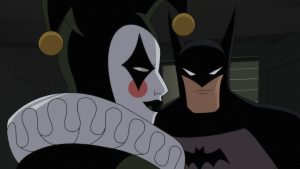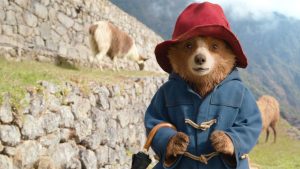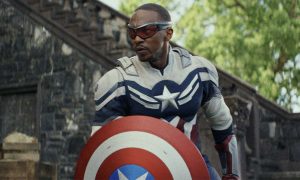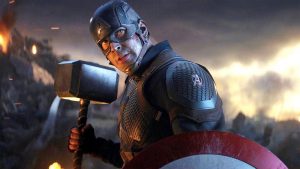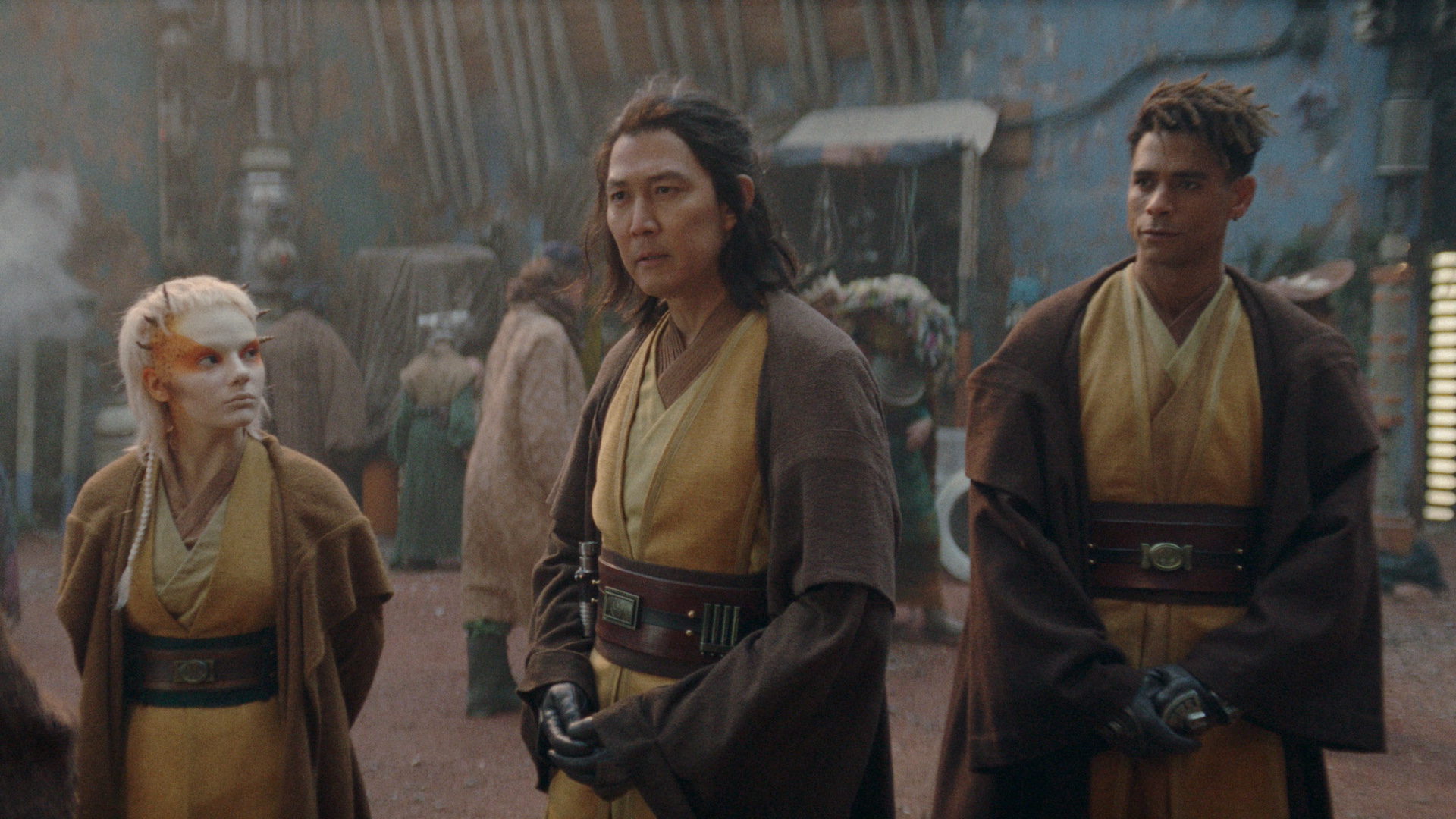
This article contains spoilers for The Acolyte episode 2.
What we know about the Jedi in Star Wars can — and has — filled not only several films and TV shows but a ton of books and comics, too. And, tellingly, one seclusive Jedi practice while introduced on screen in the films, was only given a name in the comic books. We’re talking about “the Barash Vow,” a Jedi tradition first explicitly mentioned in 2017 in issue #2 of Marvel’s first Darth Vader comic book miniseries. But, at this point, the Barash Vow is a big deal in Star Wars canon, having impacted the latter years of both Luke Skywalker and Obi-Wan Kenobi.
And, sneakily, this practice makes its way into the second episode of the newest Disney+ Star Wars TV series, The Acolyte. Here’s why the Barash Vow is such a big deal in Star Wars, why it appears in The Acolyte, and how the extremeness of this tradition could hint at a much bigger secret in the new series.
In the second episode of The Acolyte, the action shifts to the planet Olega, where rogue assassin Mae (Amandla Stenberg) has tracked down Jedi Master Torbin (Dean Charles-Chapman). Upon confronting Torbin, Mae says “Master Torbin, we have unfinished business.” While some of this unfinished business has yet to be fully elucidated in the series, we do know that Torbin isn’t talking to anyone about it anytime soon for two reasons: First, he’s dead by the end of the episode, and second, when we meet him he’s utterly silent, floating in a meditative pose.
If Torbin floating in midair, sitting cross legged, reminds you of Luke Skywalker’s final moments in The Last Jedi, it should. Like Luke Skywalker in The Last Jedi, and Ben Kenobi in Obi-Wan Kenobi, Torbin has taken the “Barash Vow.” But what does that mean?
The Barsah Vow Explained
Written by Charles Soule, the Darth Vader 2017 Marvel comics mini series revealed the concept of the Barsah Vow as part of Vader’s ongoing search to hunt down and destroy the remaining Jedi, following Order 66 in Revenge of the Sith. In this comic, the reason why Vader is searching databases for Jedi who have taken the Barsah Vow is simple — when you take the Barash Vow, you cut yourself off from the Force, on purpose. This is what Luke did after the tragedy with Ben Solo prior to The Last Jedi, and it’s also what Obi-Wan was doing before he got Bail Organa’s message in the first episode of Obi-Wan.
The actual name of this practice was later explained in the High Republic-era comic book series The Blade, specifically in issue #4 of that series, which was published in 2023, and also written by Charles Soule. Set in the Star Wars year 382 BBY, this comic establishes that a Jedi named Barash established this tradition after an epic lightsaber battle. To be clear, this means the tradition of the Barash Vow is nearly four centuries old by the time of Darth Vader and the Empire. And even though The Acolyte also takes place in the High Republic era, its primary present tense events happen in 132 BBY, or, to put it more clearly, a century before The Phantom Menace, and 132 years before the events of A New Hope and the Battle of Yavin. So, in the era of The Acolyte, the Barash Vow has been around for 250 years, making it a well-established part of Jedi traditions, even at this distant point in the past.
The Barsah Vow Could Hold the Key to the Mysteries of The Acolyte
By the end of the second episode of The Acolyte, Mae convinces Master Torbin to kill himself with poison, almost like she’s the evil taxi driver from Sherlock. But we also get hints that Torbin did something horrible in his past, and that secret is why he “took the Barash Vow.” Because Torbin has basically taken a Jedi vow of silence, the thing he’s being silent about is clearly connected to the larger mystery of the show. Mae clearly blames these specific Jedi for the events on her homeworld of Brendok when she was a child. And, so far, the only of the four Jedi who isn’t in seclusion following this event is Master Sol. At the beginning of the series, Master Indara is hanging out in a bar, seemingly hiding, or doing something shady. Meanwhile, Kelnacca, the Wookiee, is hiding on a jungle planet. And, of course, Torbin is meditating, and totally silent.
Mae says she wants Torbin to “confess your crime to the Jedi council…” which, of course, isn’t something he can do while not speaking, and again, certainly not something he can do now that he’s dead. But the fact that Torbin took a vow of silence at all is very suggestive. When Luke took the vow, it was because he had thought about murdering his nephew and star pupil. When Obi-Wan took the vow, it was because he had maimed his former apprentice, and witnessed the entire downfall of the Jedi Order. What has Torbin done? Because even though we have some of the details now, and we’ll get some details in later it feels like the entire story of the tragedy on Brendok might not be revealed until the the finale of the series.
The Acolyte is streaming on Disney+.
The post Star Wars Just Brought Back a Deep-Cut Jedi Practice from the Original Trilogy appeared first on Den of Geek.


